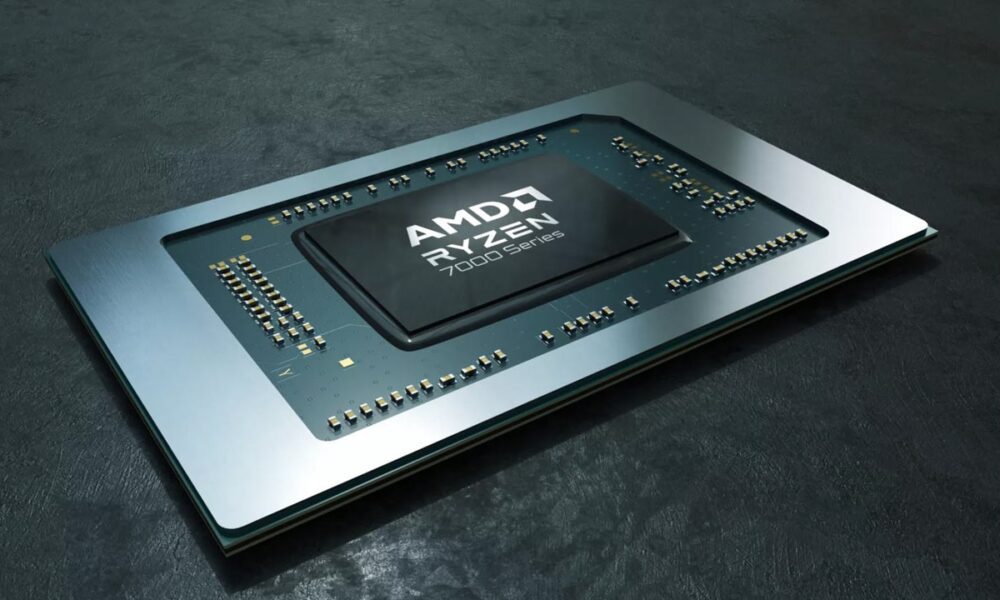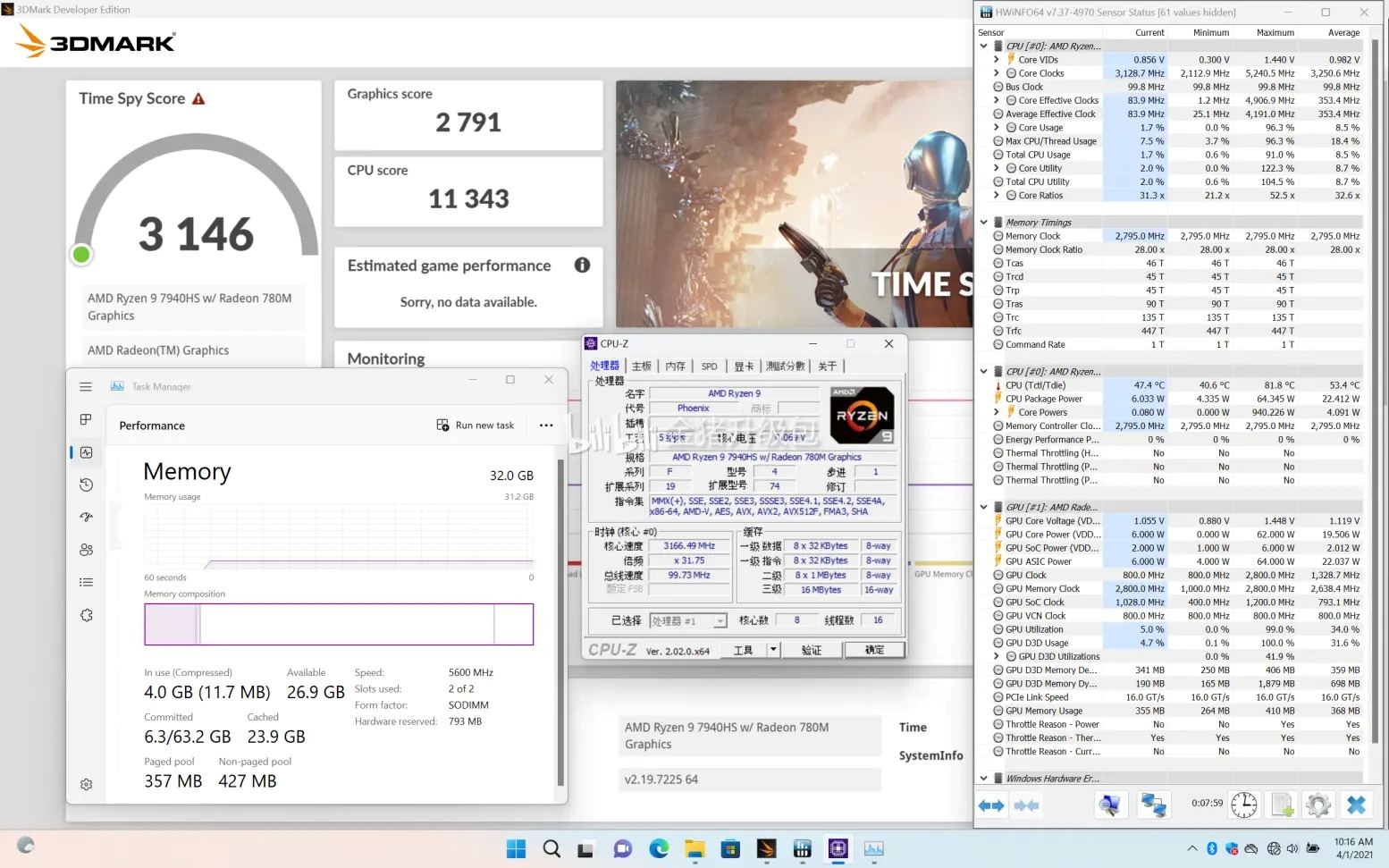
With the presentation of the Ryzen 7000 Mobile we were able to confirm that AMD was going to make a big leap in terms of integrated GPUs in its new generation of APUs, and that this was going to be possible thanks to the use of the new RDNA3 architecture, that will give life to the Radeon 780M and 760M, and to DDR5 memory, which will improve the available bandwidth.
These new APUs will follow in the wake of the Ryzen 6000 Mobile, which means that they will integrate CPU and GPU in the same package, and will use the new AMD architectures. The processor will be based on Zen 4, and the iGPU on RDNA3, as we already told you.
The Radeon 780M and Radeon 760M will be integrated into high-end and mid-range APUs, respectively. The first will be configured with 768 shaders, 48 texturing units, 32 raster units, 12 ray tracing acceleration units, and 24 AI acceleration units. The second will have 384 shaders, 24 texturing units, 16 raster units, 6 ray tracing acceleration units, and 12 AI acceleration units. Neither will have L3 cache.
On paper the Radeon 780M’s specs look very good, putting it on a level close to the Radeon RX 6400, although ultimately it should perform better because it has a dedicated graphics memory system and your bandwidth is higher. The first could reach 89 GB/s with DDR5 at 5,600 MHz in dual channel, while the second reaches 128 GB/s.
Thanks to a recent leak we have been able to confirm that intuition. The Radeon 780M has been through 3DMark TimeSpy, and running at a maximum peak of 2.8 GHz and accompanied by dual channel DDR5 5600 MHz memory has achieved a score of 2,791. This score puts it just slightly below the GeForce GTX 1650 Mobile, which sits on average in the mid-range. 3,150 points, and that it is in the league of the Radeon RX 6400.
It is also important to be clear that the Radeon 780M has two advantages over the GeForce GTX 1650 Mobilesince despite being an integrated graphics card, it has cores dedicated to ray tracing acceleration, and also to AI acceleration:
If we compare it with the Radeon 680M we see that the Radeon 780M is up to 22% more powerful than that, although obviously this varies depending on the configuration used and the maximum TDP values. I remind you that both integrated GPUs support DirectX 12.1, and that they are compatible with DDR5 and LPDDR5 memory.
The most important conclusion to be drawn from all this is that the Radeon 780M will manage to offer almost the same performance as a low-end dedicated graphics cardand that with it it will be possible to play demanding titles in 1080p resolutions by adjusting the graphic quality level to medium or high values.




